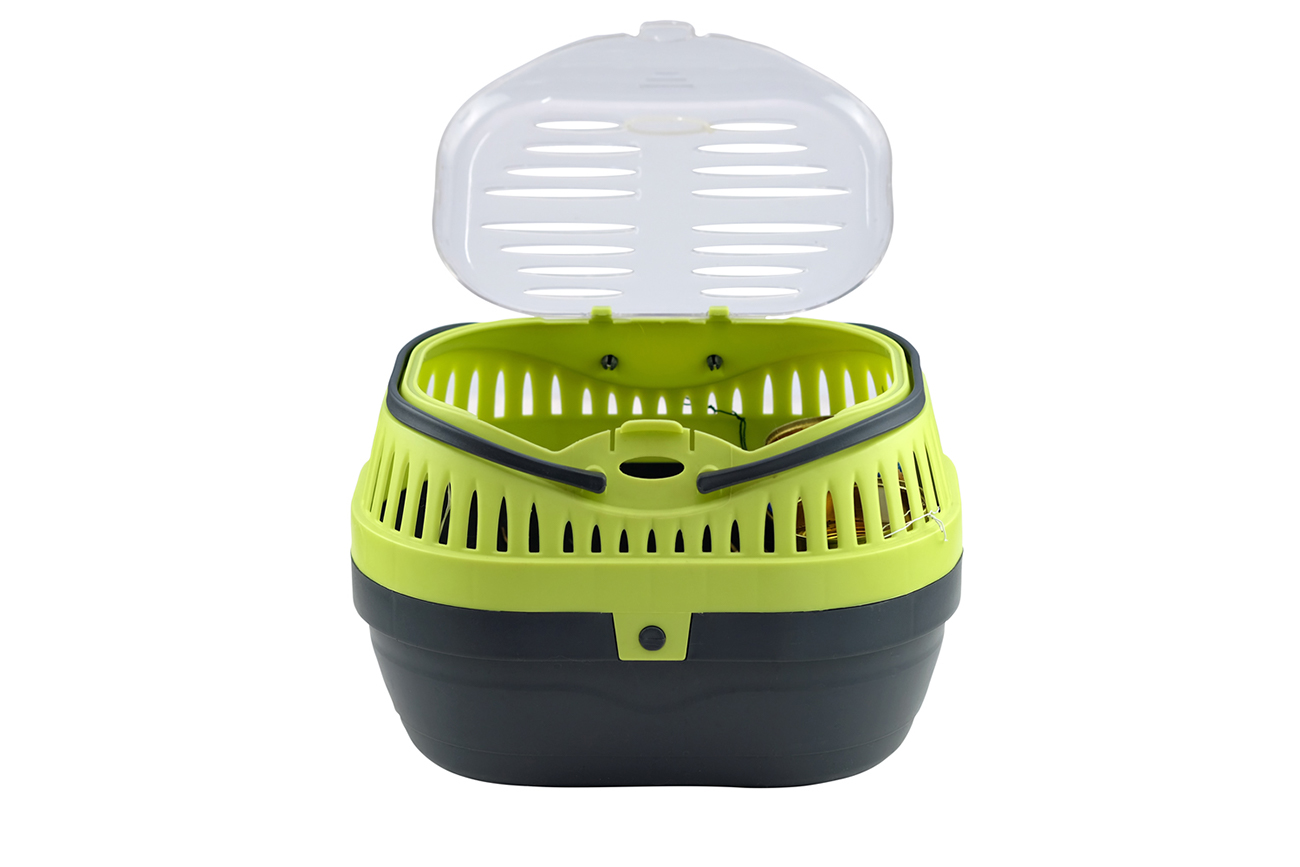JavaScript seems to be disabled in your browser. For the best experience on our site, be sure to turn on Javascript in your browser.
Travelling with your pet rodent

When contemplating international or national travel with your exotic rodent, plan ahead because some preparations may need to be carried out in advance.
You want to ensure that your pet feels as comfortable and comfortable as possible.
For the most enjoyable, stress-free experience for you and your rodent, you will need to prepare for the journey.pig
The following are some guidelines to safely travel with a rodent.
- Make use of a quality, escape-proof carrier
Your rodent's travel carrier must be tough, very ventilated and secure enough to prevent it from escaping.
Our Travelling Cages are strong and sturdy. They are great as they provide your rodents with some privacy – you want your pet to feel like they’re in a safe little burrow.
Additionally, if some of your rodents get stressed during the journey, then they may start gnawing.
- Help recreate the impression that your rodent's cage is a safe nest
You should try curtailing stress because you don't want your rodent feeling strange or unwelcome in its travel cage. To make sure that you have sufficient time for this, get your pet used to its travel cage by making sure you purchase it long before your intended journey. You can do this by;
- Introducing the cage during playtime and leaving the door open so your rodent can enter it on its own.
- You could pop its favourite toys in the cage so it feels more at home
- Walk slowly around the house with the cage so that it gets used to the sensation of being in motion.
- Once it is used to being in its carrier around the house, time to introduce it to the vehicle to be used for travel
- Ensure you prepare on the D-day of the journey
You need to ensure that you and the vehicle are well prepared for the journey by doing the following;
- Make sure that the vehicle to be used is around the same temperature as your rodent's home.
- Don’t keep the cage in direct sunlight.
- Avoid leaving your rodent unattended, especially on a hot day.
- Ensure that the air-con/heat vents are not blowing directly onto your pet's cage.
- Strap the cage with a seat belt or place it securely on the floor behind a seat.
- Ensure you are very vigilante during the journey
A lot can happen to your pet rodent during the journey. You must be conscious by ensuring;
- Your rodent is not being exposed to temperatures higher than it could take. This can result in potential problems like heat stroke and dehydration.
- Look out for drooling or a sticky discharge from the mouth, drinking more than usual, loss of interest in food/treat, and other unusual behaviour and be sure to cut the trip for your rodent's safety
- When travelling on a hot day, wrap a frozen water bottle in a small towel and place it in your rodent's travel cage to keep it cool.
- Check that your rodent is in good shape after the journey
- As soon as the car journey is over, put your rodent back to its usual cage
- Give it the same food, treats, and toys that it is used to.
- Look for signs of sickness because rodents who experience high levels of stress are prone to getting sick. Some signs to look out for includes; Difficulty in breathing, Lethargy, Reddish-brown staining around its eyes and nose, Weight loss, inflammation or blood in urine, etc
Take your rodent to your vet as soon as you think that it is sick.
In conclusion, make sure you purchase an appropriate travel cage before your planned road trip. Prepare the cage properly to prevent injury and promote security and finally, look out for any indications of illness during and after the trip, and take your pet to the vet if you do suspect that it is unwell.










